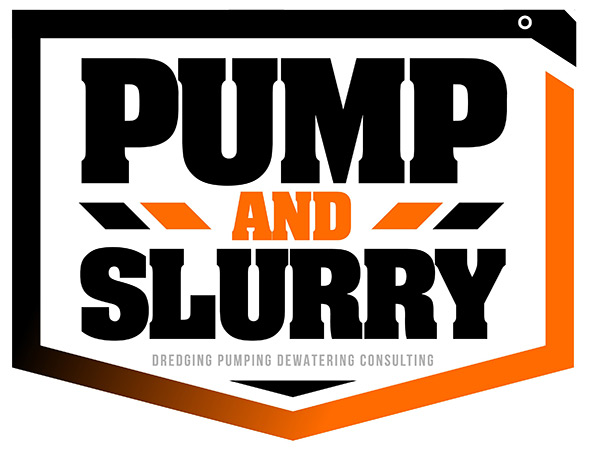Diver Operated Dredging System
The Diver-Operated Dredge is designed for the efficient removal of large quantities of subsea sediments or soils.
Diver-Operated Dredge
The Diver-Operated Dredge is designed for the efficient removal of large quantities of subsea sediments or soils. The 4in or 6in diver-operated dredge is a standalone subsea package deployed to the seafloor. A diver manipulates the dredge suction nozzle to support applications that include excavating pipelines, salvage, and other offshore tasks.
The main use of dredging is to manage and relocate sediment for purposes typically related to navigation and flood control.
Associated benefits of this activity related to the control of ANS include the removal of vegetation and mollusks, as well as altering the bathymetry so that an area is no longer suitable for inhabitance by a variety of species.
Depending on the scope of the dredging operation, dredging may not eliminate plant ANS; instead, it will reduce the plant mass at the dredging location.
Hydraulic dredging works like a vacuum, sucking a mixture of dredged material and water from the channel bottom and pumping it to a destination.
Each type of dredge equipment performs the function in a different manner, but all result in sediment being removed from one area and relocated to temporary or permanent storage or disposal area.
Dredge material management areas (DMMAs) are storage or disposal facilities that normally consist of diked areas that hold the dredged material until the material is dewatered. The material is then stored permanently or, depending on its geotechnical and environmental characteristics, may be put to use for projects such as roadbed construction.
Confined disposal facilities are a type of DMMA that are used for permanent disposal of contaminated sediments. Unconfined disposal sites can include onshore, near-shore, or open water locations where the material is disposed of or beneficially reused. Beneficial uses can include placing sand to encourage marsh or shoreline vegetation development, or reduce shoreline erosion.
Diver dredging is essentially a scuba diver with a vacuum hose.
Besides removing sediments the technology has also focused on the <b>removal of invasive Submerged Aquatic Vegetation</b>. The diver is trained to identify invasive SAV; once the target species is located, the diver removes it using the hose of a small <b>suction dredge</b>.</p> <p>Dredging has been used to modify water bodies since the beginning of civilization. Diver dredging was developed more recently to perform specific work, such as aquatic plant management and underwater excavation.</p> <p>Dredging has been applied in waterways to manage water flow, volume, and direction, to<br ?–> alter or improve navigation of federal navigation channels for commercial navigation and recreational traffic, and to improve flood control.
Specific uses of dredging to control aquatic plants can be found in urban and agricultural landscapes worldwide.
Modern practices in both areas alter water flow and nutrient levels in aquatic environments, creating a need for management. This often involves the removal of sediment to manage aquatic plant growth, restore water storage capacity, reduce downstream pollution, and/or improve navigation.
Implementation costs would include sediment characterization to ensure proper handling and disposal, dredging and dewatering, slurry transportation, and either disposal or reuse of the dredged material. Planning and design activities in this phase may include research and development of this Control, modeling, site selection, site-specific regulatory approval, plans and specifications, and real estate acquisition. The design will also include analysis of this Control’s impact to existing waterway uses including, but not limited to, flood risk management, natural resources, navigation, recreation, water users and dischargers, and required mitigation measures.
Features
- Non-Clogging
- High Viscosity
- High Abrasives
- High Specific Gravity
- Low Maintenance & (Line below) Cost of Ownership
Benefits
- Capable of 40-70% Solids
- Fully Submersible
- Precision Dredging and Operation
- Dredging Depths of up to 80 ft
- 1500-1800 GPM (Up to 150 cu yd per hour)
Options
- Electric or Hydraulic Powered
- 4 and 6 inch Pump Options
- Support up to 3 divers simultaneously
- Purchase or Rent
Our diver operated dredge unit is easily mobilized and designed for submersible, high-solids pumping production rates of 75 to 150 cubic yards of material per hour. Our diver operated dredge unit is electric or hydraulic powered and designed for submersible, high-solids pumping and dredging applications with support for up to 3 divers.
Non-Clogging Pump Design
The P&S Pump’s open rotor design with high tolerances allow anything that will go into the intake to be passed through the discharge without issues.
High Viscosity
The P&S Pump rotor acts as a mixer on thixotropic materials and provides a shear-thinning effect. The P&S Pump’s ability to pump concentrated solids are perfect for moving viscous materials with less free water than centrifugal pumps.
High Specific Gravity
The P&S Pump is excellent at moving heavy materials through long pipelines. The P&S Pump creates a turbulent flow that helps keep the heavy materials in suspension and moving down the pipeline.
Total Life Cycle/Ownership Cost
Our Pump design and superior performance allow for a significantly decreased Ownership Cost over centrifugal and PD Pumps.
High Production Capability
Up to 300% higher than a similar-sized centrifugal pump in pumping non-organic material.
High Concentration Capability
Less fluid required to pump a given amount of material. Up to 80% solids by volume in-situ.
High Abrasive/Corrosive Material Pump Ability
Our Pump does not require critical tolerances between the rotor and the volute, making this pump the perfect solution for abrasive and corrosive applications that often cause significant issues for other pumps. The P&S Pump will outperform any pump in moving the most abrasive fluids with minimal wear and no maintenance. These include lime slurries, borax, drilling muds, and ash.




